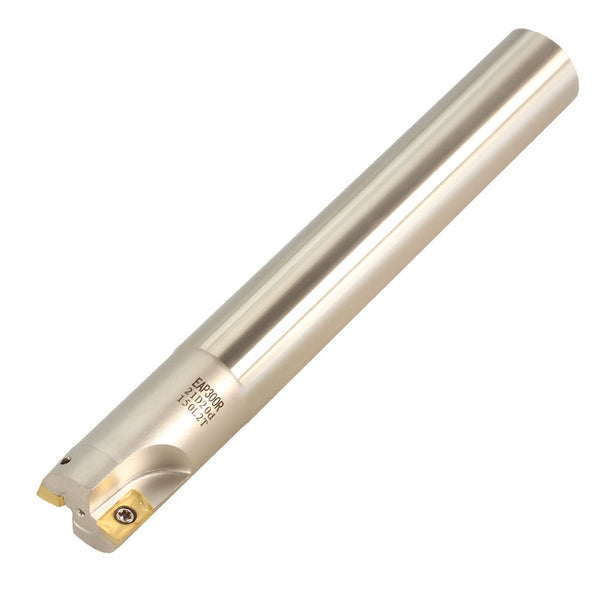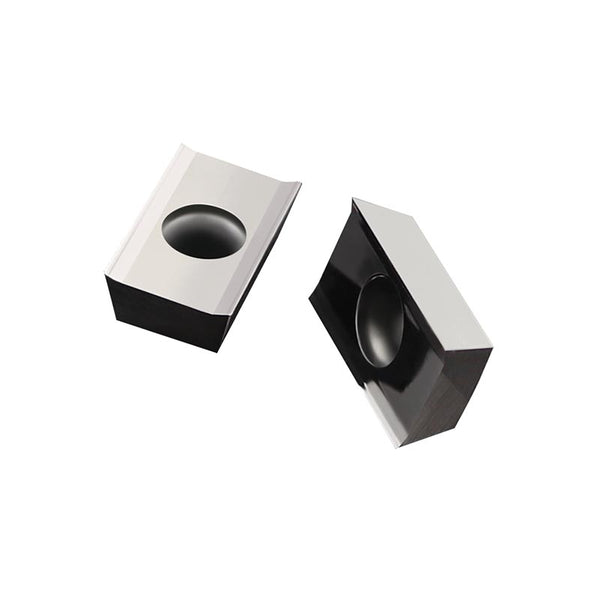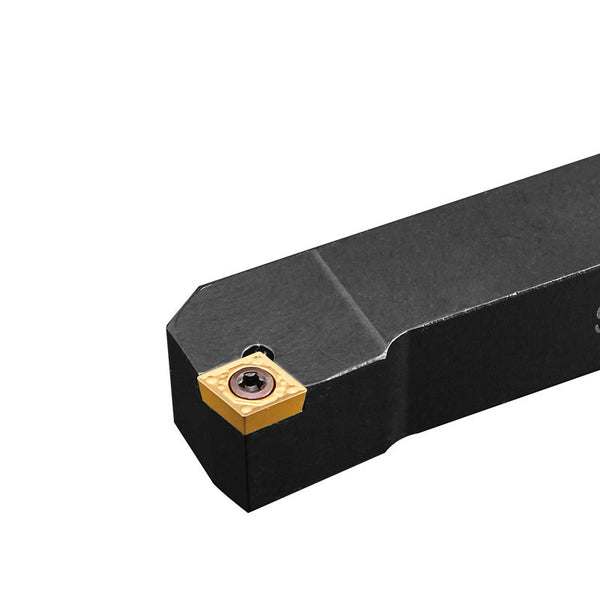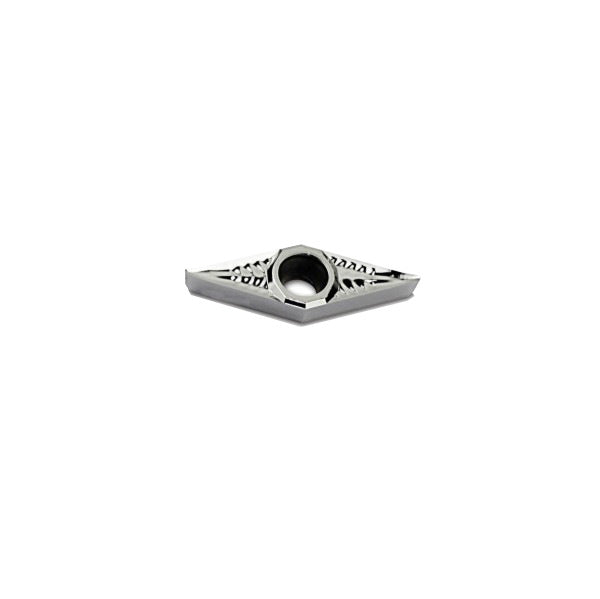Mastering Precision: Exploring Common Materials Used for CNC Inserts

Introduction:
In the world of CNC (Computer Numerical Control) machining, where precision is paramount and efficiency is key, the choice of materials for CNC inserts plays a crucial role in determining the success of machining operations. These small yet mighty components are tasked with the formidable challenge of cutting through tough materials with precision and finesse. In this comprehensive guide, we delve into the common materials used for CNC inserts, exploring their properties, advantages, and applications in the dynamic landscape of modern machining.
Understanding CNC Inserts:
Before delving into the intricacies of materials used for CNC inserts, it's essential to grasp the fundamental role these components play in machining. CNC inserts, also known as cutting inserts or tool inserts, are replaceable cutting tips meticulously crafted for CNC machining operations. They come in various shapes, sizes, and materials, each tailored to specific machining applications and requirements.
Common Materials Used for CNC Inserts:
1. Carbide Inserts:
- Overview: Carbide inserts are perhaps the most widely used type of CNC inserts due to their exceptional hardness and wear resistance.
- Properties: Carbide inserts are typically made from a combination of tungsten carbide particles and a metallic binder such as cobalt.
- Advantages: Carbide inserts offer high hardness, excellent heat resistance, and superior wear resistance, making them ideal for cutting hard materials like steel, cast iron, and stainless steel.
- Applications: Carbide inserts find applications in turning, milling, drilling, and threading operations across various industries.
2. Ceramic Inserts:
- Overview: Ceramic inserts are known for their exceptional hardness, heat resistance, and chemical inertness.
- Properties: Ceramic inserts are typically composed of materials such as alumina (Al2O3), silicon nitride (Si3N4), or silicon carbide (SiC).
- Advantages: Ceramic inserts offer high heat resistance, excellent wear resistance, and superior surface finish quality, making them suitable for high-speed machining of heat-resistant alloys and hardened steels.
- Applications: Ceramic inserts are commonly used in turning, milling, and roughing operations in aerospace, automotive, and die/mold industries.
3. High-Speed Steel Inserts:
- Overview: High-speed steel (HSS) inserts are renowned for their toughness, versatility, and ease of sharpening.
- Properties: High-speed steel inserts are made from alloyed steel containing elements such as tungsten, molybdenum, chromium, and vanadium.
- Advantages: HSS inserts offer good toughness, high heat resistance, and ease of regrinding, making them suitable for a wide range of machining applications.
- Applications: HSS inserts are commonly used in milling, drilling, and threading operations where high toughness and versatility are required.
4. Polycrystalline Diamond (PCD) Inserts:
- Overview: Polycrystalline diamond inserts are renowned for their exceptional hardness and abrasion resistance.
- Properties: PCD inserts are composed of diamond particles bonded together by a metallic binder such as cobalt.
- Advantages: PCD inserts offer extreme hardness, low friction, and excellent wear resistance, making them ideal for machining abrasive materials like aluminum, composites, and non-ferrous alloys.
- Applications: PCD inserts are commonly used in high-speed machining of non-ferrous materials, as well as in the aerospace, automotive, and woodworking industries.
TAGS:
SHARE:





